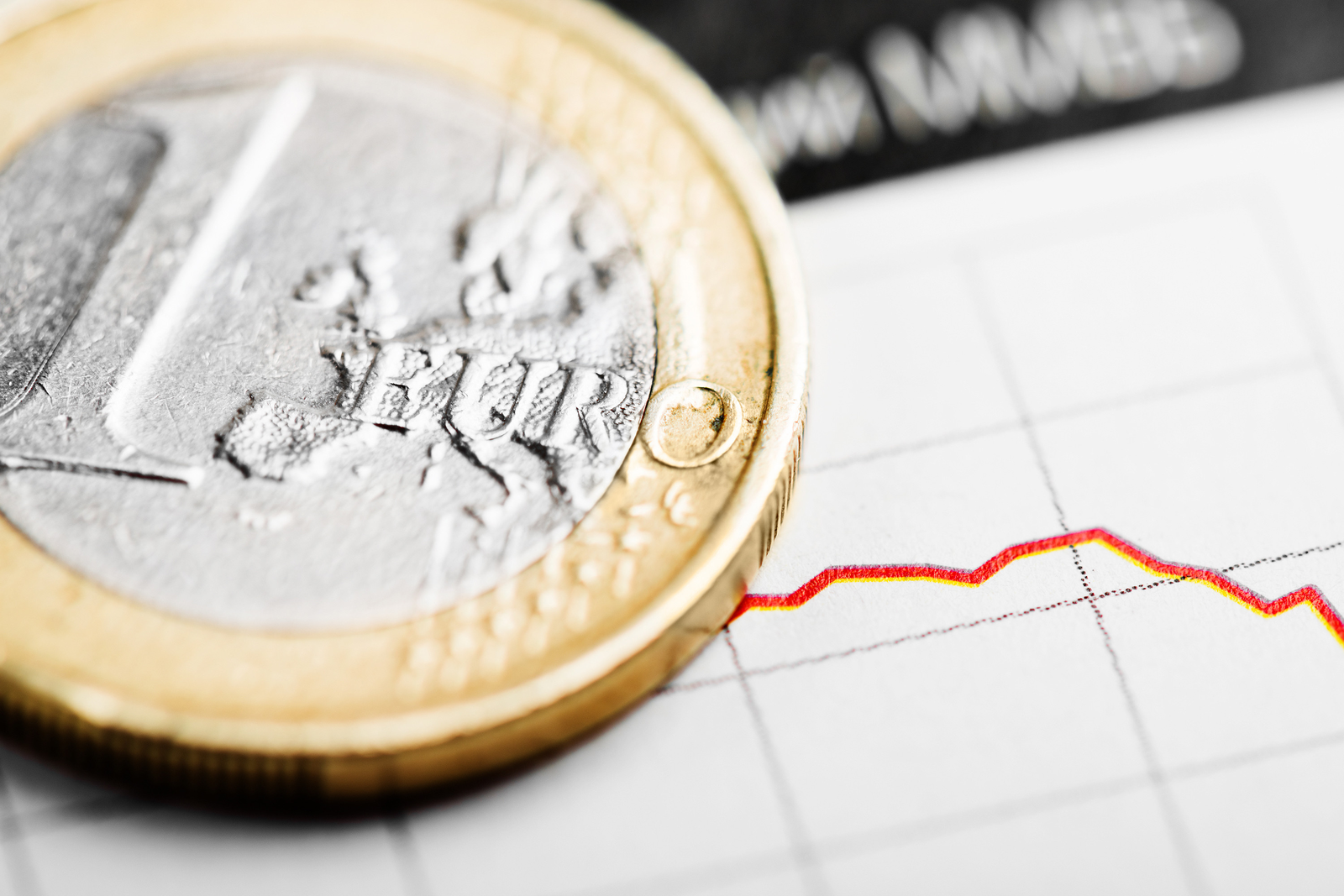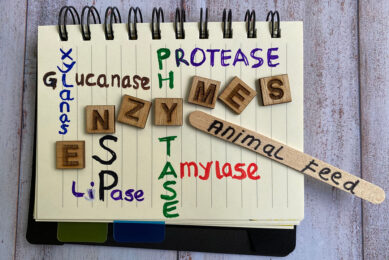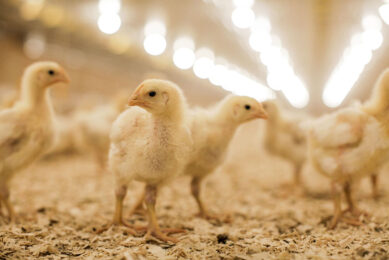Enzyme market becomes more innovative

The global feed enzyme market, in terms of value, is projected to reach $1,371.03 million by 2020, at a CAGR of 7.3% from 2015 to 2020. Producers are also innovating to improve the mode of action of feed enzymes.
According to data from market research bureau MarketsandMarkets, the largest share of the feed enzyme market is taken by the European region. The Asia-Pacific market is projected to grow at the highest CAGR of 7.6% from 2015 to 2020. The growth in the Chinese feed enzyme market is attributed to the sector becoming more organised and regulated. Factors such as the large population, the consequent increase in the consumption of meat, and increasing awareness towards meat quality and safety in the countries of the Asia-Pacific region are driving the growth of the region’s feed enzymes market. “The use of feed enzymes is directly related to feed costs. Feed costs cover 60-70% of the total production costs for animal protein and the increasing feed prices are posing a real dilemma for farmers about how to optimise productivity by keeping expenses at minimal. So you can imagine the increased interest in feed enzymes at times when raw material prices and meat and milk prices are under pressure,” explains Syed Rizvi, manager research (food and agriculture) at MarketsandMarkets. Three main type of enzymes are being used in livestock animals (Figure 1).
NSP enzymes represent the biggest share (52.77%), followed by phytase (30,88%) and proteases (13,35%). Most enzymes are being used in the poultry industry. The use of enzymes in fish diets is growing, but currently account for a relatively small market share (Figure 2).
Delivery mechanisms becoming key
The analyst also notes that more modern technologies are being used for the production of enzymes. “Enzyme producers are launching innovative products that are more efficient, heat stable and have better delivery mechanisms. Regarding the latter, you should think of enzymes that act where that particular enzymes needs to work. It is all about delivering specific dosage of required enzymes to target sites in the animal’s digestive system. In this particular area regarding delivery mechanisms of enzymes, we expect many more innovations in the coming years,” explains Rizvi.
According to MarketsandMarkets, the feed enzyme market is a diversified and competitive one with a large number of players. It is dominated by various companies, which have their own core competencies.
The key players in this market are:
- BASF SE (Germany),
- E. I. du Pont de Nemours and Company (US),
- Eli Lily and Company (US),
- Novozymes (Denmark), and
- Associated British Foods (UK).
“Producing enzymes is a specialty, but knowledge of animal nutrition and the application of enzymes in the field is a different ballgame. We are therefore seeing more mergers/partnerships/cooperation deals popping up between animal nutrition companies and industrial enzymes producers,” Rizvi concluded.
Join 26,000+ subscribers
Subscribe to our newsletter to stay updated about all the need-to-know content in the feed sector, three times a week. Beheer
Beheer









 WP Admin
WP Admin  Bewerk bericht
Bewerk bericht